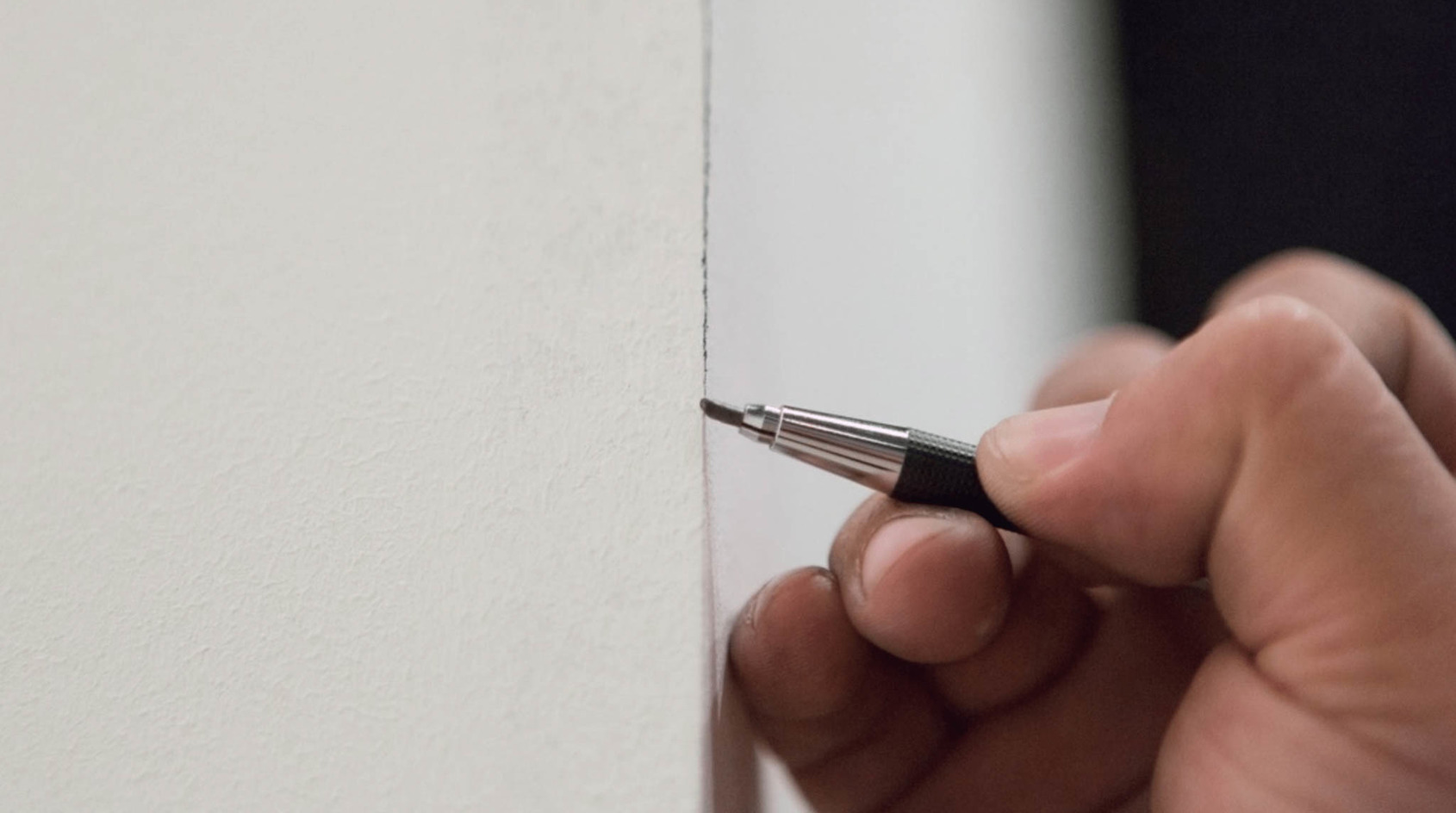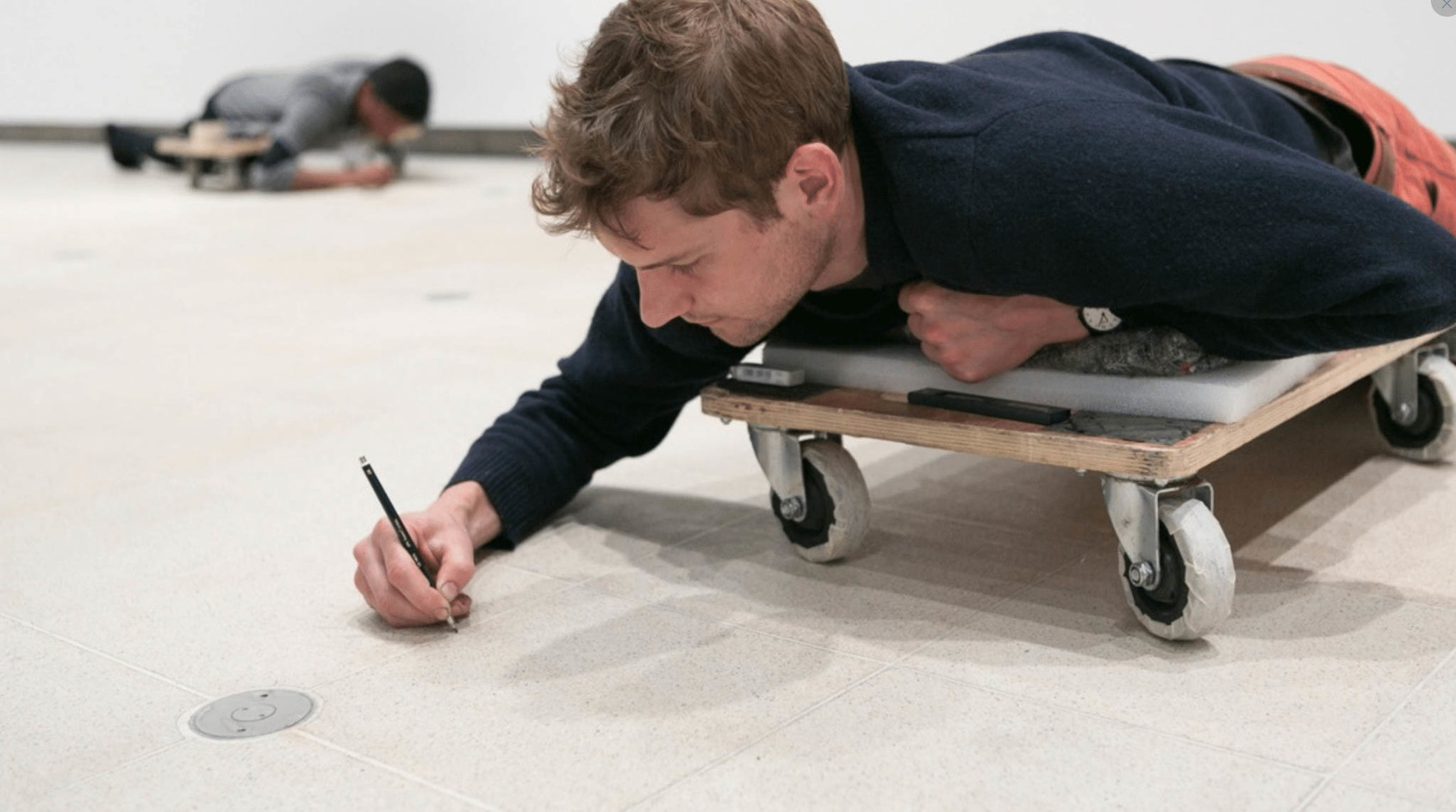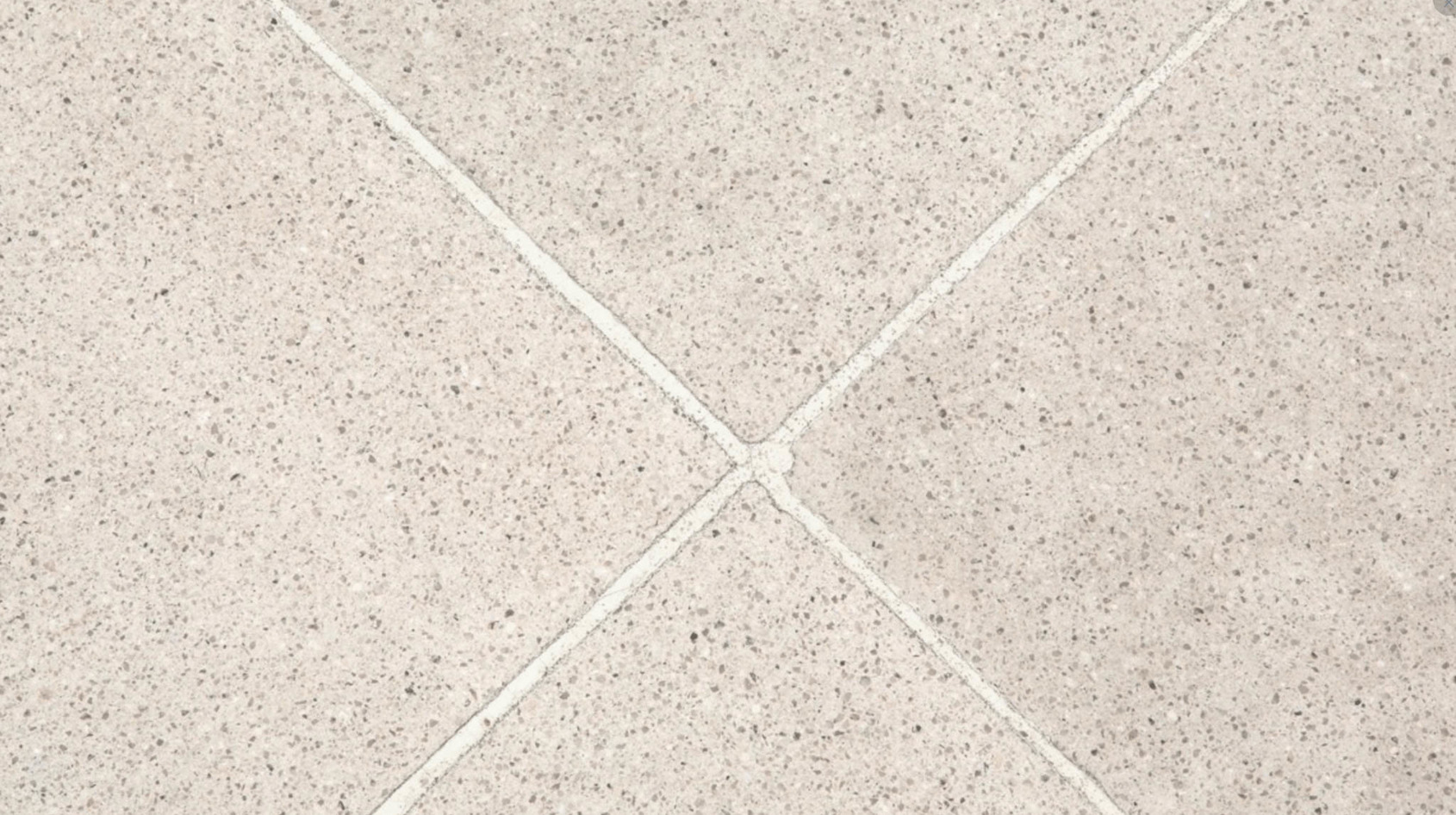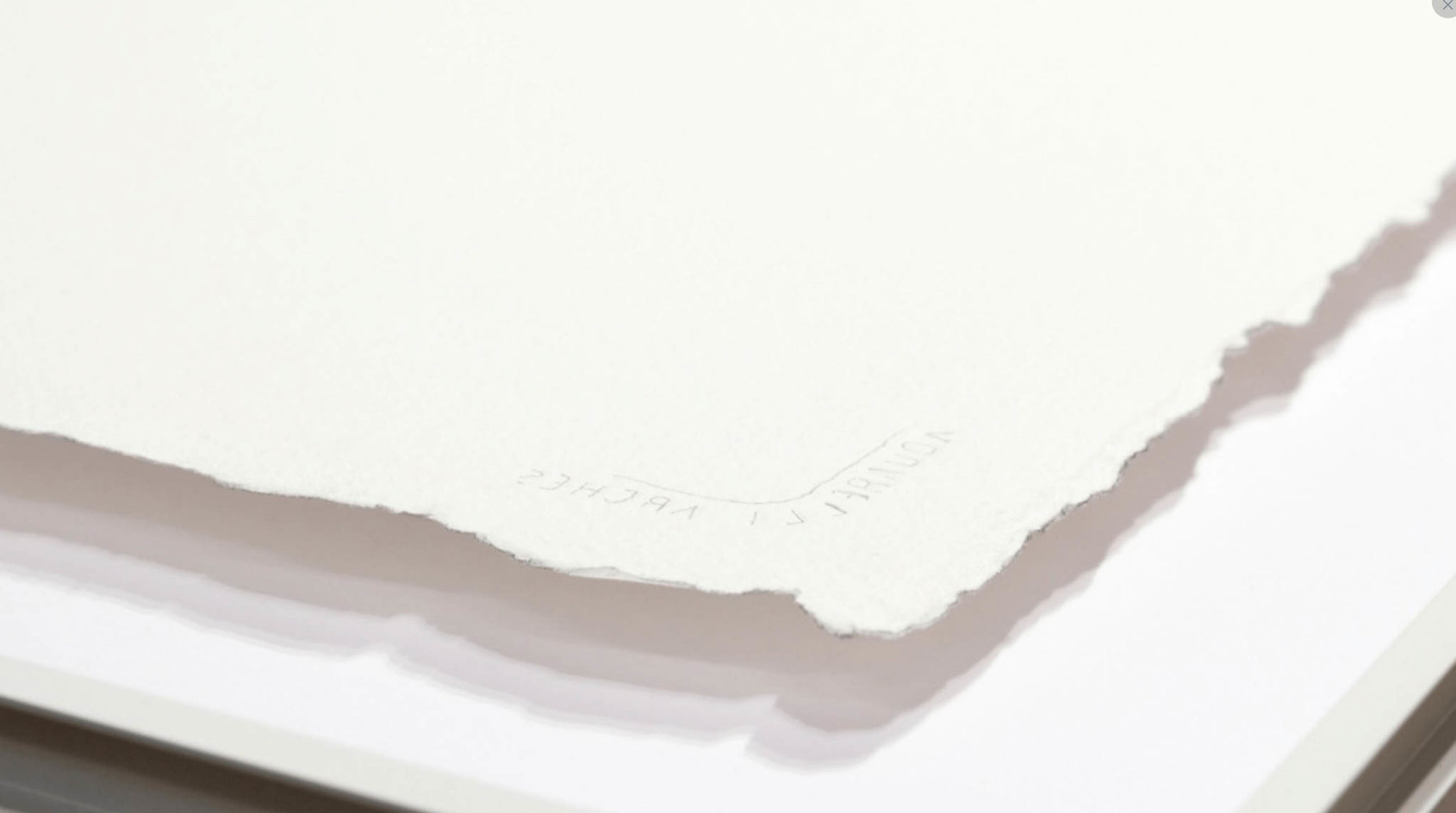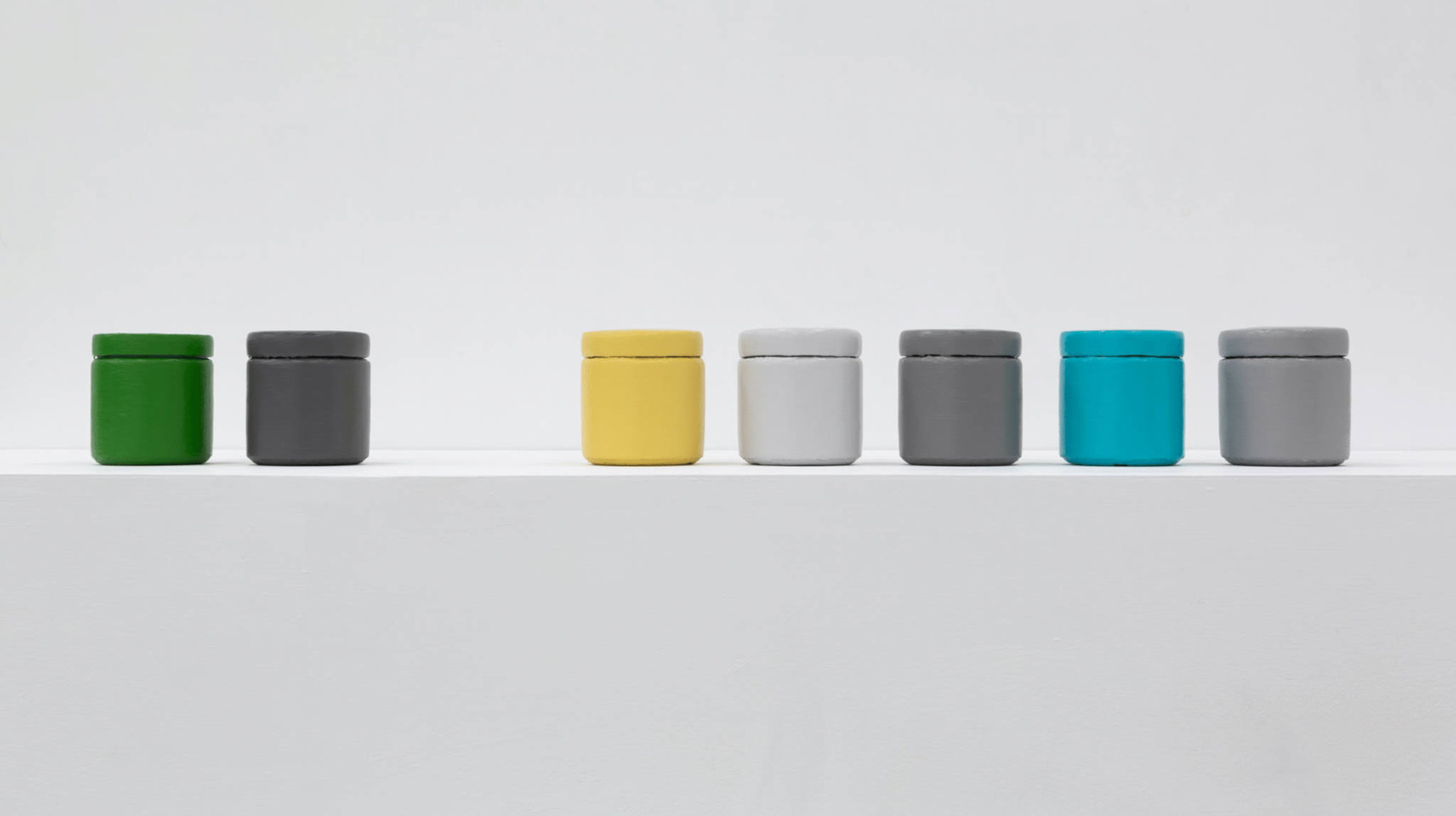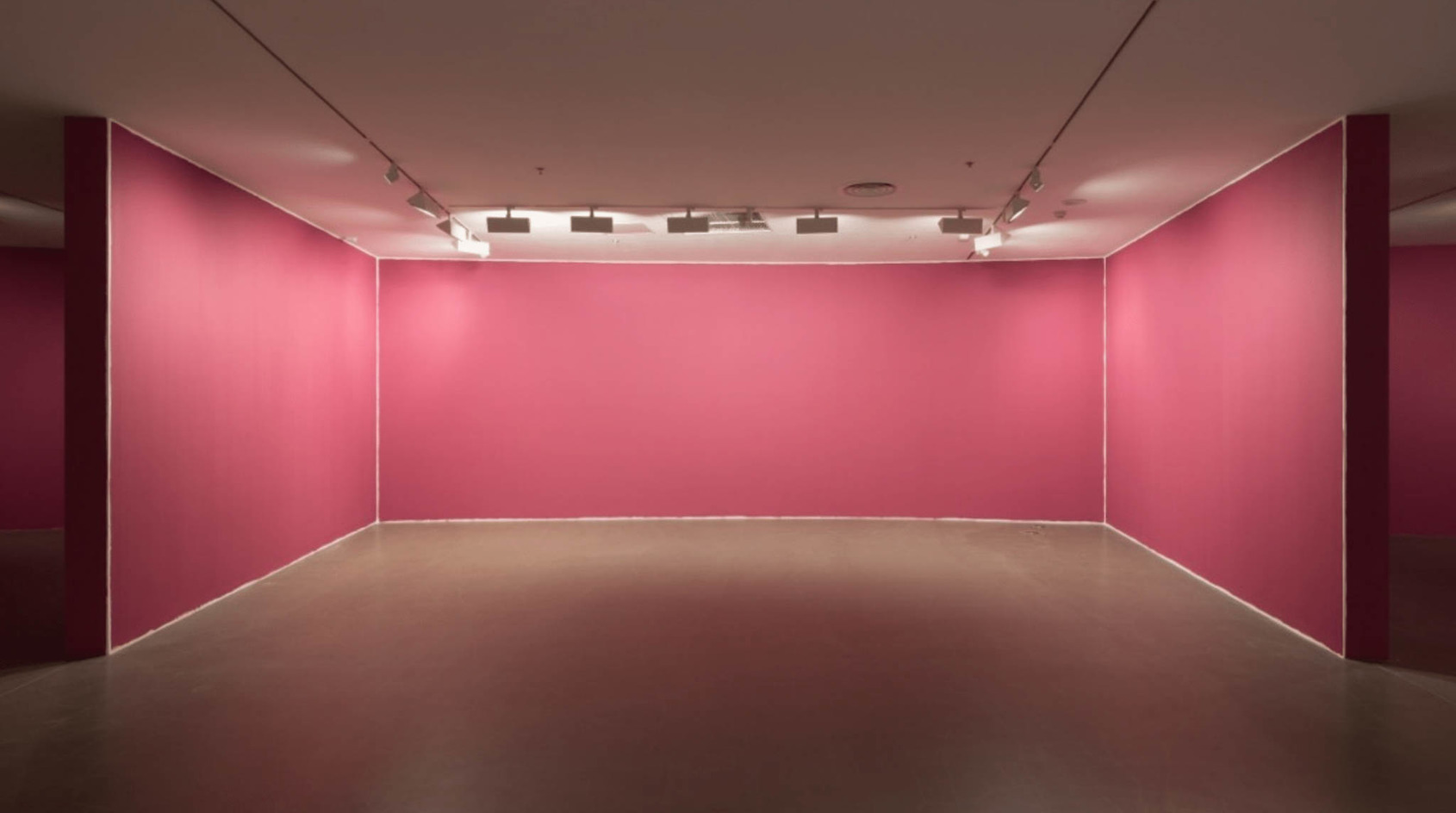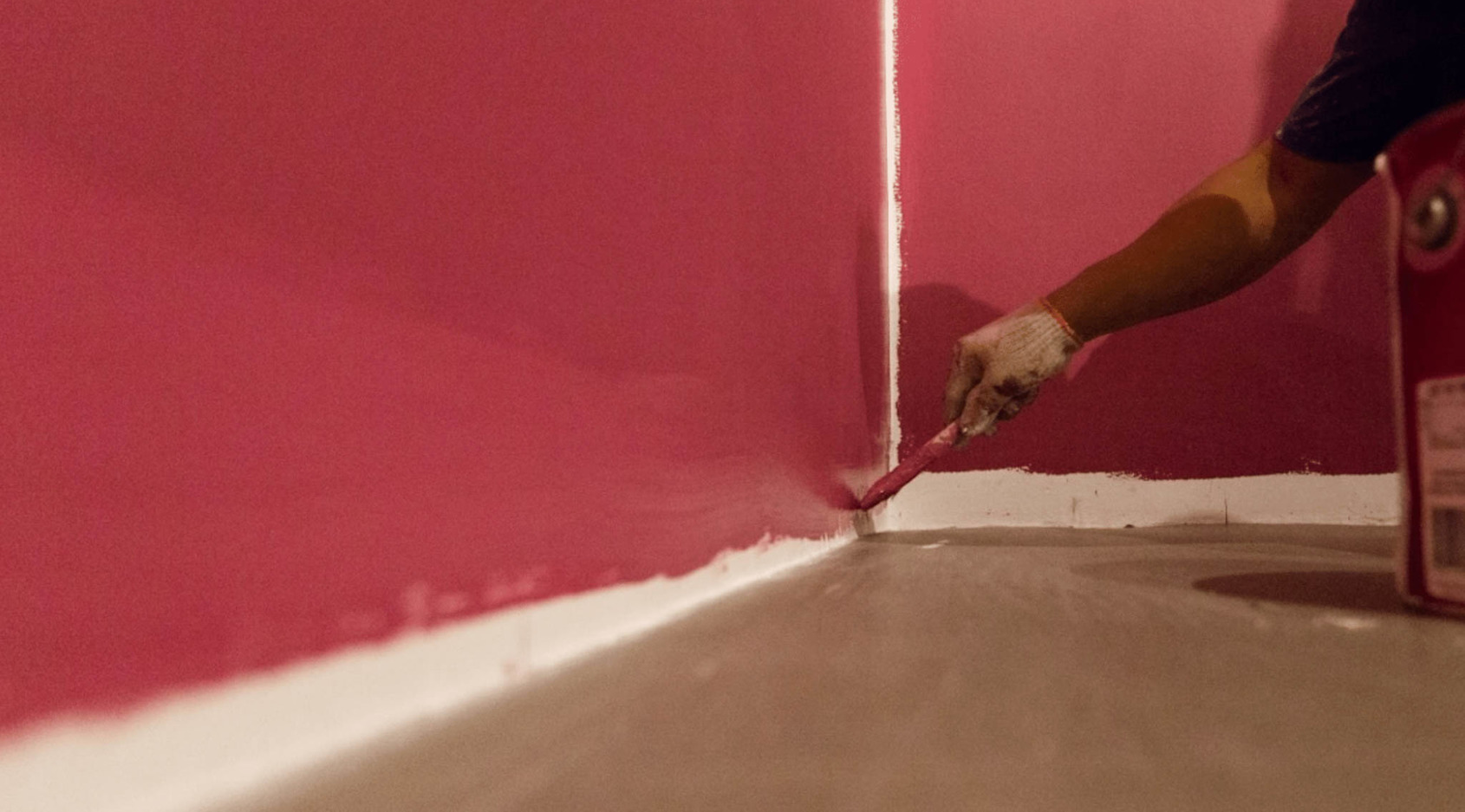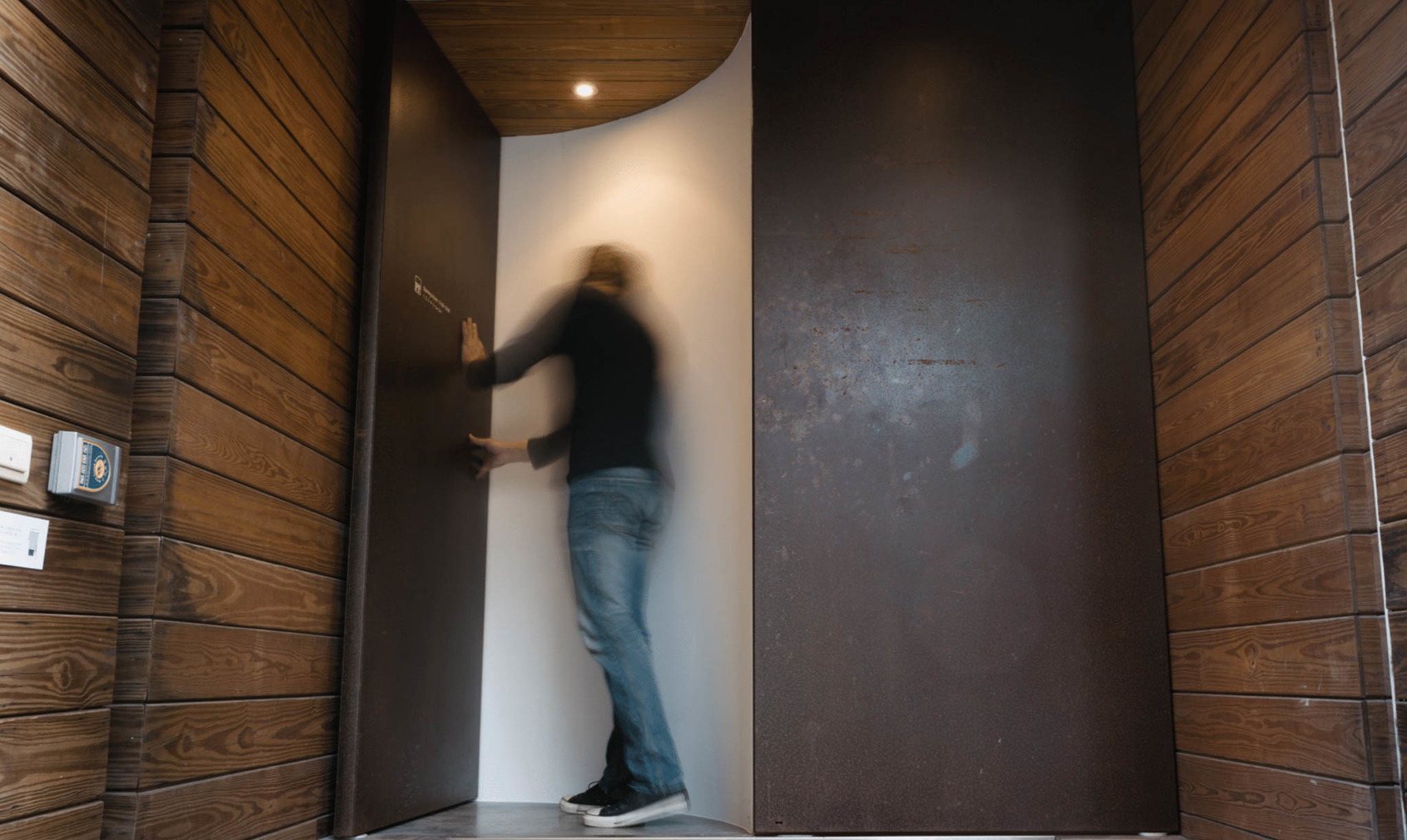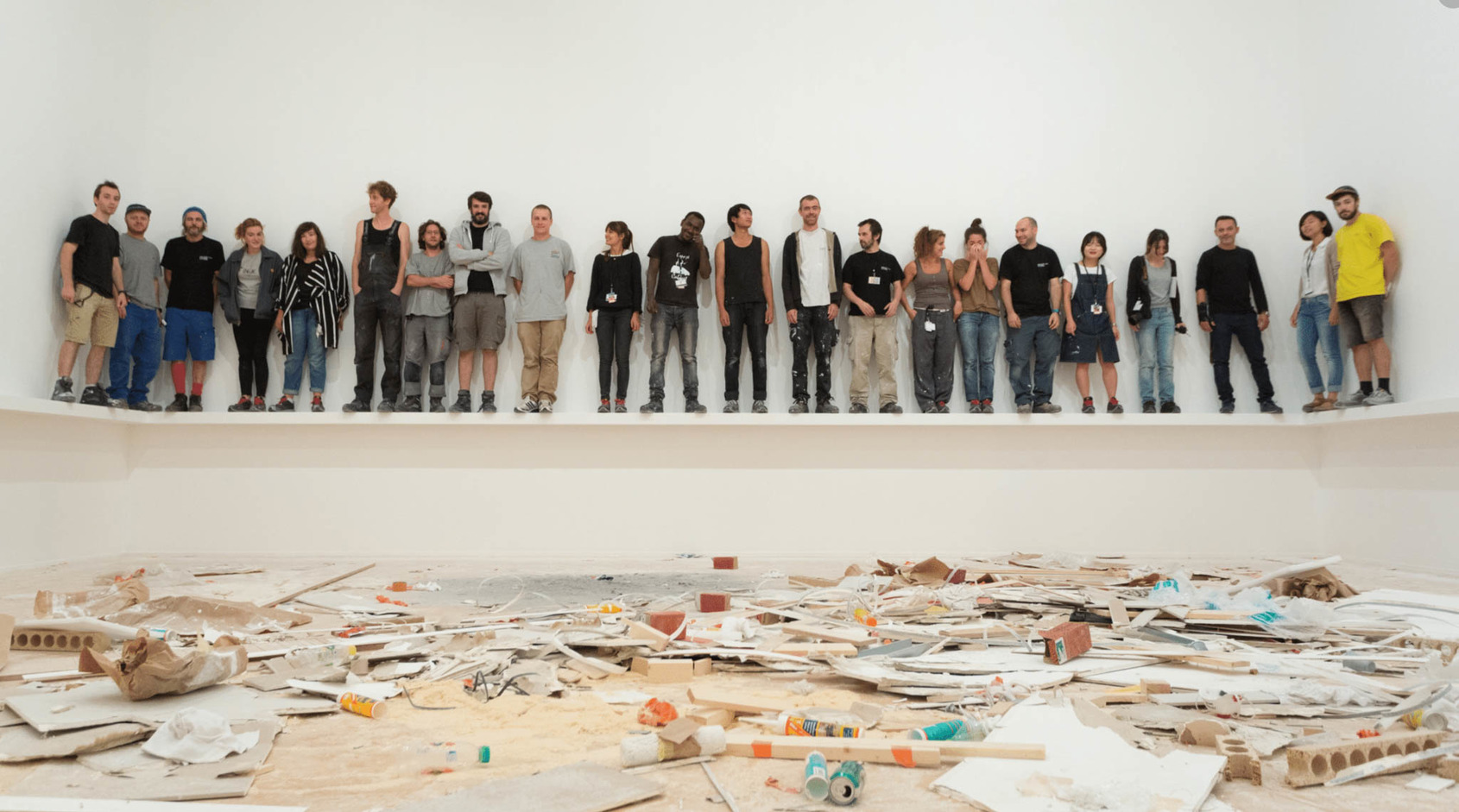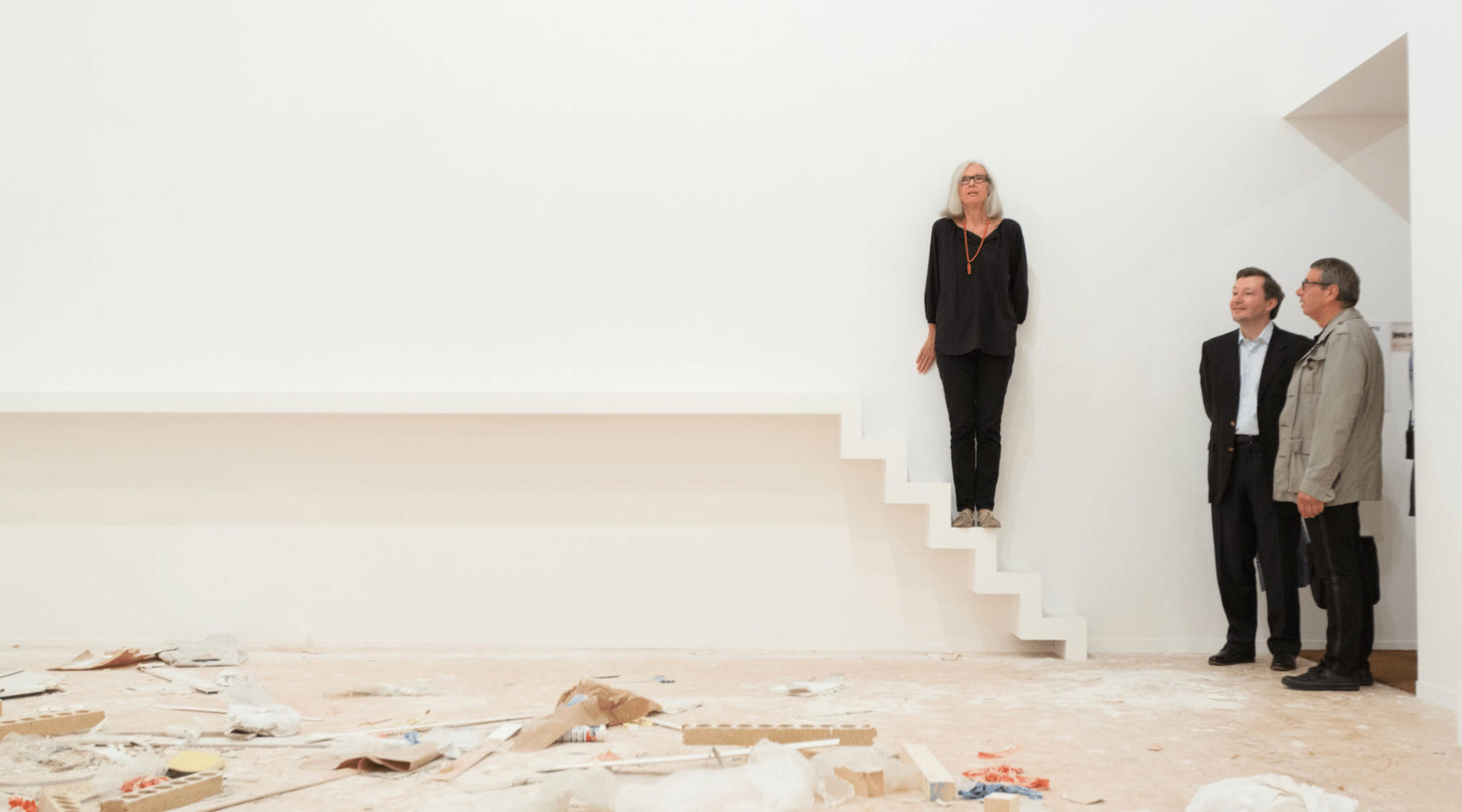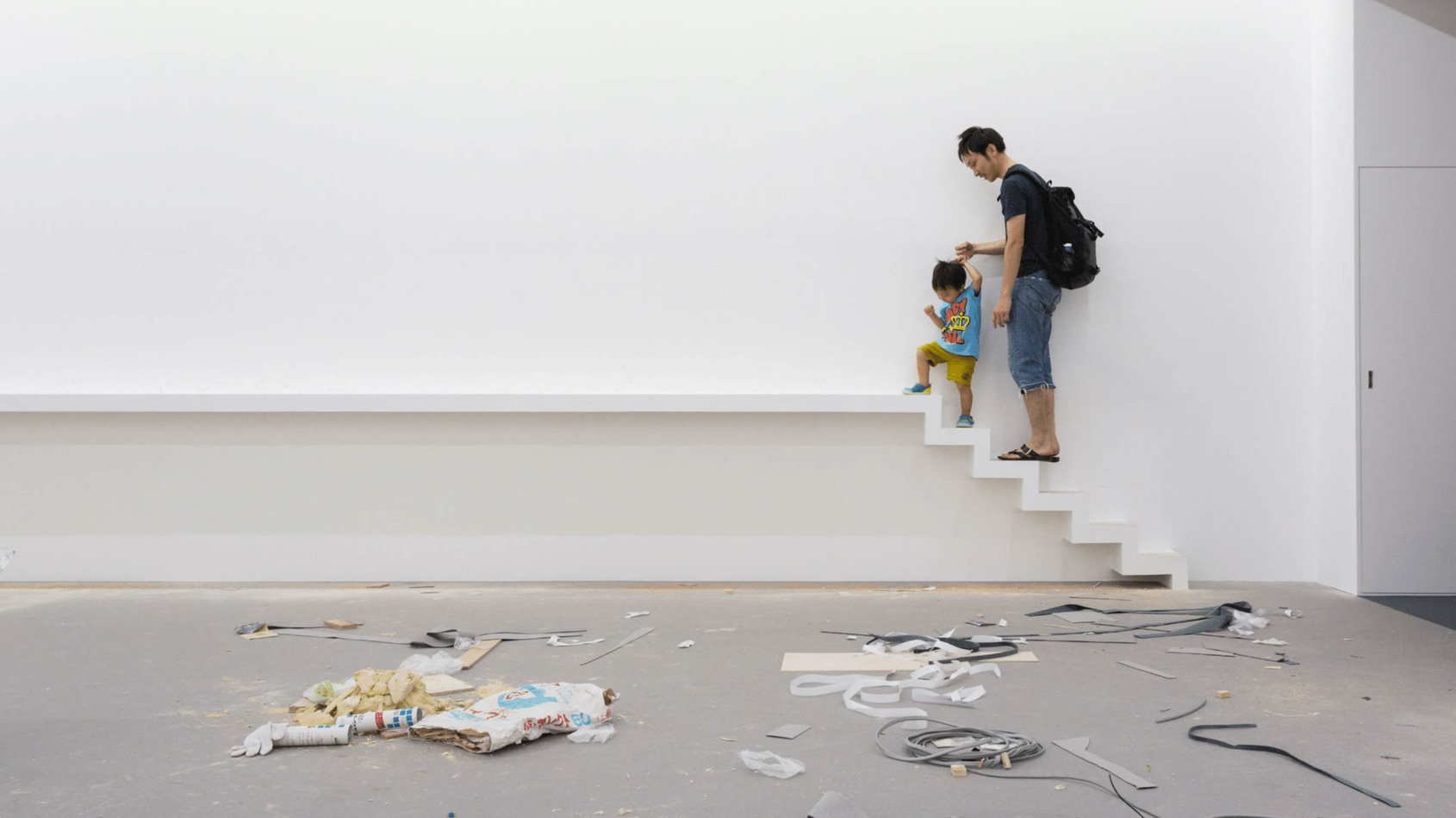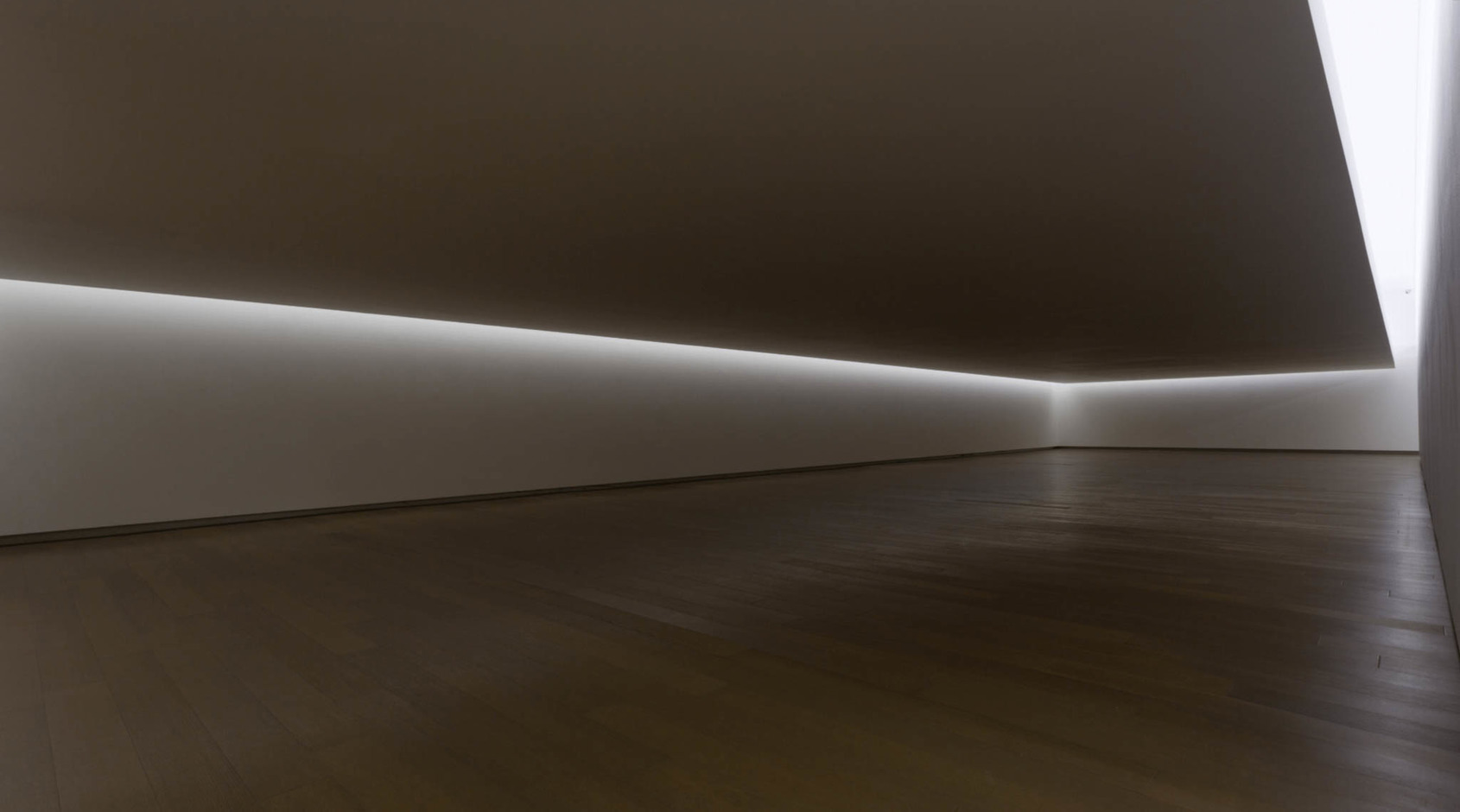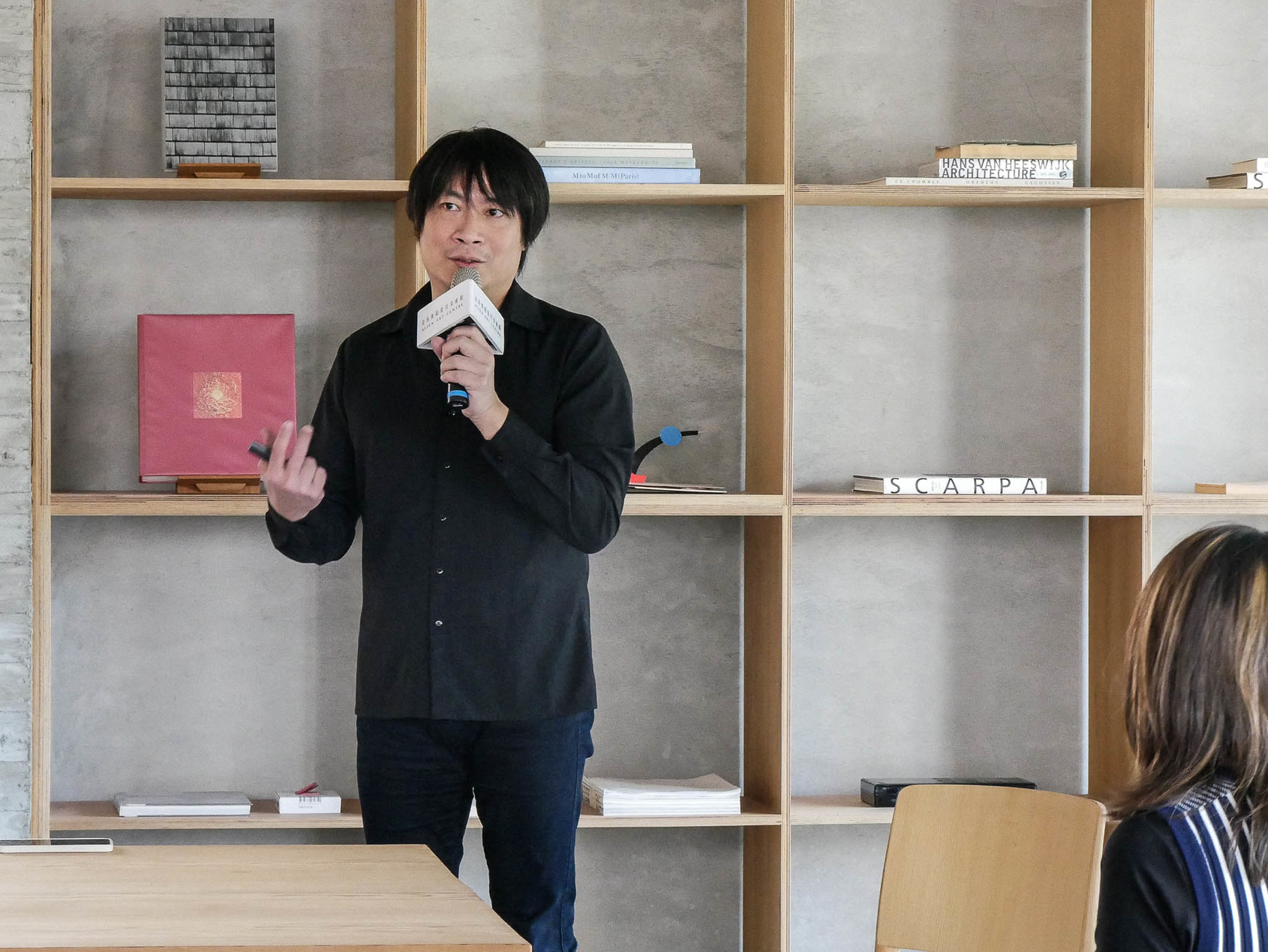※ This text is the recording of a seminar, where artist Lai Chih-Sheng and ART BASEL Taiwan VIP representative Jenny Lee had a discussion at ALIEN Art Centre.
Lai Chih-Sheng (Lai): Thank you, Jenny, for being with me here today to talk about my works from over a decade.
I think there are two keywords that describe my creating process appropriately. The first one is “improvisation.” That is, I am currently more concerned about finding fewer references to form and to historical background of the location I’m at, but more of what I experience in the here and now, maybe the space, maybe a mechanism, or a situation, and to find ways to respond. It does not need to be a completely independent approach, but it should be dealing with reality. The second one is: allow time and space to do their work. When we bring our works to art galleries and museums, we usually know that these are spaces, and we don’t want to fill them up. It is more like interacting with those spaces, seeing the spaces from the angle of my work or through my work, and feeling the existence of time.
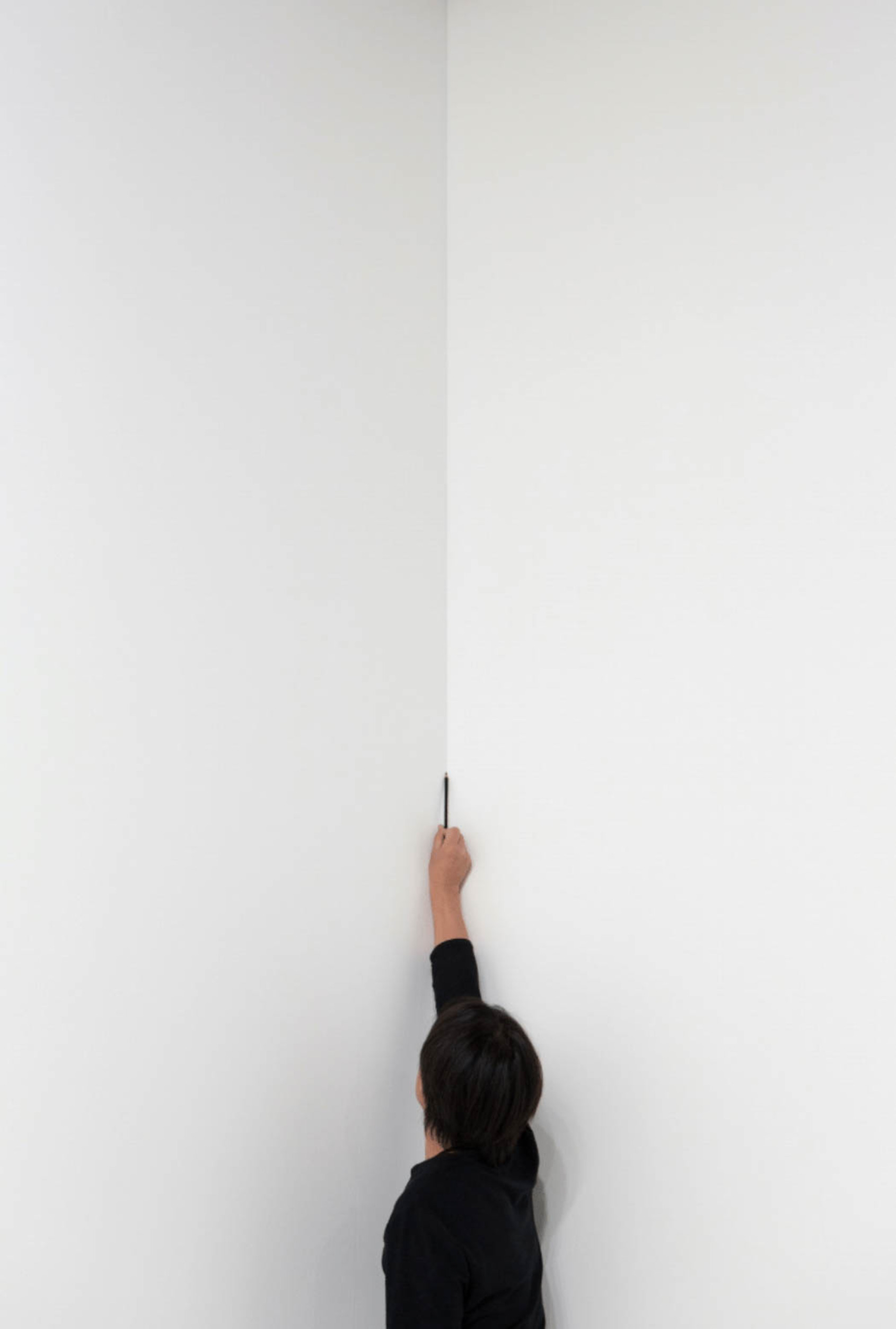
In 2001, I drew a “Life-size Drawing” in my studio. But it took until 2011 before I had a chance to show it. The exhibition room was at Eslite Gallery. We made drawings for four to five days, taking all the objects apart and depicting them. The space was about 23 meters long and 8 meters wide. We used black markers to draw contours on them in that space. After those 3D objects in front of you are covered with black lines, they start to feel unreal, even cartoonish.
Jenny Lee (Jenny): I would like to share how I felt when I saw this work for the first time. At the time, I was a newbie in the art world, I’d just been around for a little over a year, when I saw Lai Chih-Sheng’s “Life-size Drawing” at Eslite Gallery, I was surprised and thought: “They haven’t put any works in this room.” And so I left. Later on, I heard that there was this work on display in the space, so I went back to see it for the second time, and it felt very different. This was the first time I wasn’t staring at a work with my eyes, but was enveloped by it. The work required the measure of my body and my feet to walk around in the space in order to take it in. I felt very impressed with this artistic creation by Lai Chih-Sheng. His works gave me a feeling that was bigger than me and this work put together. Different from graphic or sculptural works, he made my heart beat faster, like I’d met him before.
In recent years, there’s much talk of “immersive art,” but I think Lai Chih-Sheng already did that back then. His work was immersive but it didn’t “eat” you. It enveloped me and I felt peaceful inside of it. 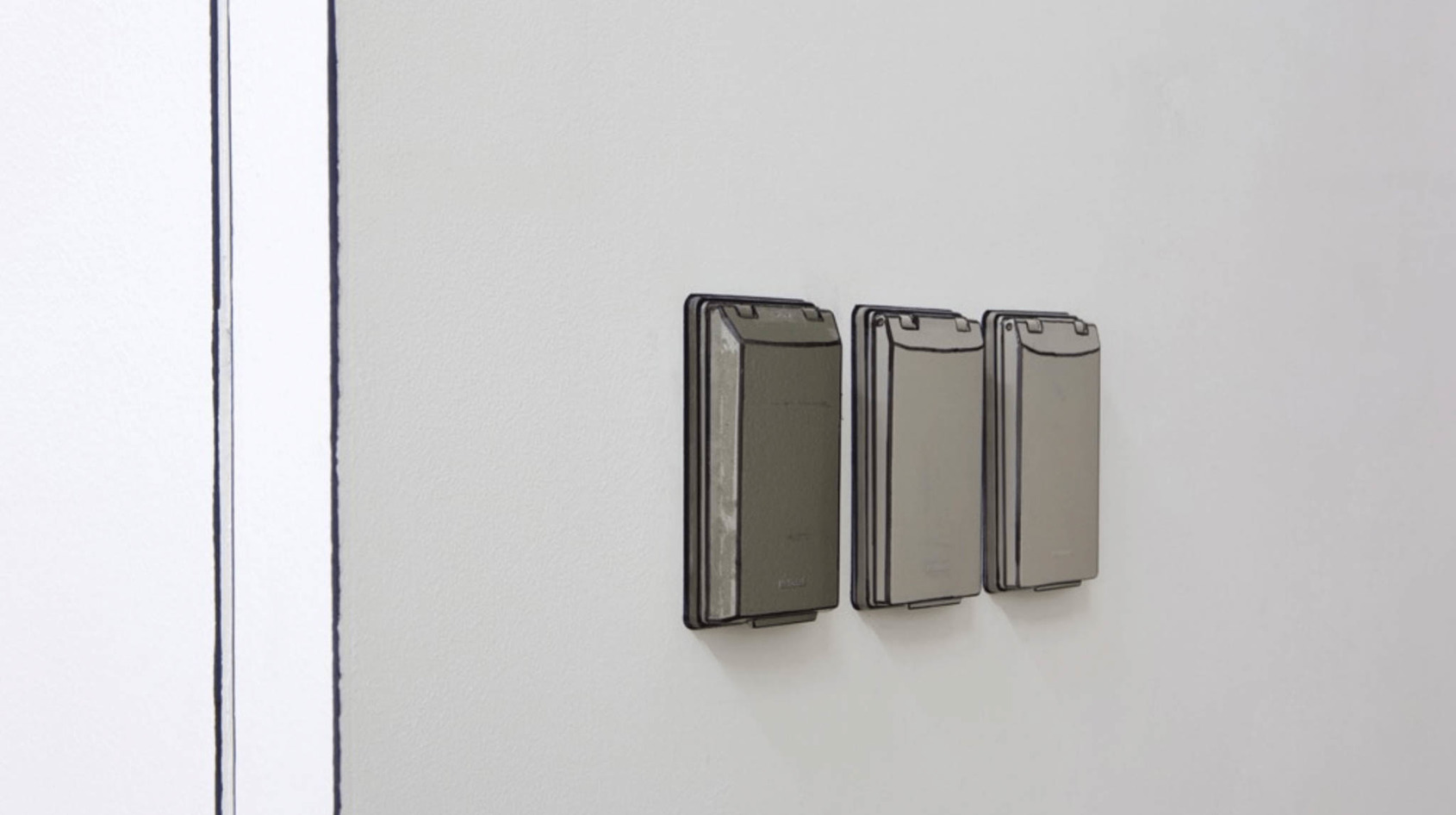
Lai: When this work came out, I was already forty years old. It was my first work being collected. Around that time, I was invited by Hayward Gallery in London to join an exhibition with the theme of “Conceptual art from 1957 to 2012,” which discussed the relations between works and the “invisible.” This time I used pencil. They draw not as obvious as markers, but I still used the enveloping method to deal with this space. This space proved more complicated than the average gallery, so when I couldn’t use pencil, I used water-based chalk crayons instead.
Lai Chih Sheng, Live-size Drawing, Courtesy of the artist. Jenny: When you created this work, did you encounter tricky details or unsolvable details?Lai: I can’t draw on glass and metal. So, I did think about the surface materials and drawing materials beforehand, to make sure the work would remain balanced. It took me 12 days to cover this space with drawings.
Interestingly, “Life-size Drawing” may not be as creative as it is generally believed to be. For instance, you really need to have drawing skills to make a drawing or sketch on a blank canvas. But “Life-size Drawing” doesn’t seem that technical or creative, because all those things exist already. In contemporary art these days, we don’t think there are really “new” things, but there is “systemic newness,” like looking for the feeling of creation from the angle of a system. “Life-size Drawing” hardly contains new elements. Overall, creativity is missing. As far as the sketch or the space itself is concerned, their state might not have been altered. But when they come together, a new power comes into existence.
Lai Chih Sheng, Live-size Drawing, Courtesy of the artist.Lai Chih Sheng, Live-size Drawing, Courtesy of the artist.That was in 2012, the year of the London Olympics and the 60th jubilee of the Queen of England, and London was packed with people. What’s interesting about this exhibition is that this museum has no things in it. They found over 20 artists to show their takes on “emptiness.” That exhibition began in 1957. Most of the participating artists have since passed away, but their works can still be viewed. So I thought: “When I’m no longer here one day, I won’t be able to draw any longer. Could I use an extremely simple concept to convey my thoughts related to ‘Life-size Drawing’?” Beginnings and contours of new works appeared in my mind, like a continuation of “Drawing Paper.”
Lai Chih Sheng, Drawing Paper, Courtesy of the artist.“Drawing Paper” is the easiest way for me to think. I draw on the edges of the paper instead of using it as a carrier to draw on it.
Regarding “Paint Can,” I scooped the paint out and painted the outside of the paint can with it. Because the paint needs to be dried, a larger paint container may take half a year, or even eight to nine months, to complete. This type of creation can be easily integrated into daily life, like painting it while watching TV. It then becomes an intimate part of life and less like creating a work.
Last spring, I received an invitation from the Kirishima Open Air Museum in Kagoshima, Japan to hold a solo exhibition, which came to be titled “Besides,” and was held in winter. They wanted me to make several pieces. I didn’t have any ideas yet, so I started to imagine what feeling Kirishima would give to me, like drawing in that landscape. The natural environment there is special, with about 200 to 300 volcanic eruptions every month. This produces a lot of volcanic ash that drifts very far. Residents living dozens of kilometers away will find the roofs of their houses and their cars covered with volcanic ash in the morning.
Lai Chih Sheng, Paint Cans_Kirishima, Courtesy of the artist.In 2013, I was invited to paint “Life-size Drawing” at Nanjing University of the Arts. They left me an exhibition space that was like a grid, and the exhibition was about sketches from the 15th century to the contemporary era. They had chosen peach as the theme color for the exhibition space. I told them not to paint any color in my exhibition area. I had to decide how to apply those paints there. For “Life-size Drawing,” if the walls were painted, the space would lose its meaning. So I asked them to leave the edges of the walls bare when painting them.
Lai Chih Sheng, Incomplete Drawing, Courtesy of the artist.Lai Chih Sheng, Incomplete Drawing, Courtesy of the artist. Jenny: Those works are all deal with concepts, relationships, subject versus object, and changing the way we view things. What’s your thinking process when creating these works? Is it deliberate steps? Or does it happen naturally?Lai: Actually, I don’t think about it that much. Intangible works are appearing right next to physical objects, and what the body feels then is the space itself. The work and the space are inseparable. If the viewers do not come with a clear idea of what they’re supposed to get to see, then they will have a fresh relationship with the works.
“At” is a work located in project Fulfill Art Space in Taipei. I created it in 2001 while I was studying at Tainan University of the Arts. Every time you push a door open, it will form an arc. Therefore, I turned this imaginary arc into a solid wall, blocking all internal space. The space that the viewer can see depends on how far they open the door. When entering, all they see is this fan-shaped wall. When walking out, the space behind the door will be let out again.
Lai Chih Sheng, Incomplete Drawing, Courtesy of the artist.The work “Border “ is located in Lyon, France. Based on the environment there, I asked the workers to make a platform raised in mid-air. All the waste material generated during its production, or anything they didn’t want to take with them and regarded as waste, they could leave to me to create a work in this space. If these items were affected by subsequent remodeling work, they could be put aside without a problem. I set a simple rule that the curators, janitors, and myself couldn’t touch these objects, but the viewers could.
“Border” then appeared in Taiwan, and was also exhibited in China and Japan. The working habits are different in different places, and in France they left a surprisingly large amount of waste. I had imagined that the viewers could crowd the platform, so I had arranged for strong load-bearing capacity. Finally, the walking ledge in “Border” is only 30 cm wide, so the viewers had to shuffle by against the wall to move forward, which left many traces on the wall, and it ended up looking very dirty.
I used to be a cement worker, and I often plastered walls and bricks on scaffolds or in mid-air, and I would often look back at the space in the center. When I was creating this work, I noticed that everyone kept a distance from the wall when they walked. In art galleries, those walls are like empty space. So, I thought: “I will get those visitors go up there.” So when you look back, the rubbish left behind can also be like a painting.
Lai Chih Sheng, Border_Lyon, Courtesy of the artist.Lai Chih Sheng, Border_Lyon, Courtesy of the artist.Compared with France, the Japanese left much less waste behind. Also, because of their unique culture, the visitors will always keep a good distance when they walk. With every step, they’ll mumble “excuse me.” This work has been exhibited seven times so far, and no one has ever slipped or fallen. Of course, it’s still a little risky. Destruction, danger, and errors, those can also be topics for discussion.
Jenny: “Border” seems to be Lai Chih-Sheng’s work that has been exhibited abroad the most. The artist has just responded to my question: How do people respond and react when exhibiting in different countries? The first time I saw this work was in IT PARK. After going up those steps, I felt like I was being caught up, there was no turning back.
As the artists design shows, there is no turning back in life. Seeing the waste items on the ground, carelessly scattered or intentionally placed, it suddenly came to me I had never looked at items left on a construction site before and it gave me a fresh perspective on sites where construction has been completed. To some extent, it is beautiful, even if destined to be cleared away. Through some works of art, an artist may convey a similar feeling of “deja vu.” Everyone who has seen Lai Chih-Sheng’s works probably knows that you can find overlaps related to life in them, concepts and relationships coexisting in his creations.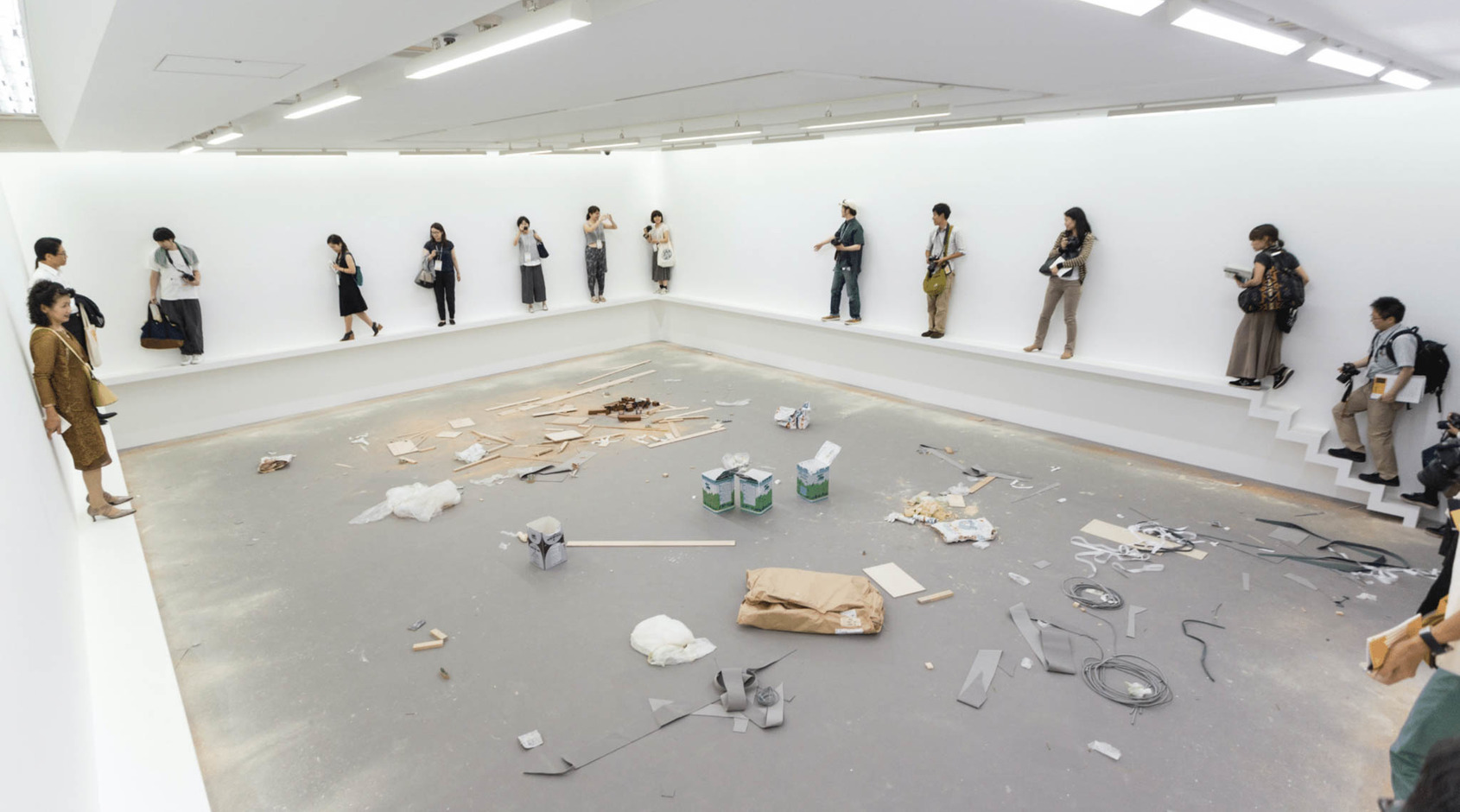
Lai: “Scene” is a work exhibited at Eslite Gallery, which is located in a commercial building. I had noticed that its ceilings are a little strange, and some can be locked. So I asked the people of the gallery how much weight these hanging points could bear, and I was told each point could carry 500 kg. I started thinking about creating a sculpture in mid-air, and I welded an iron frame about as tall as I am. The image of this work is somewhat like the indirect light ceilings that we may come across in daily life. The suspension in midair with steel cables means that when we touch the ceiling, the sculpture will swing. It weighed about 1.5 metric tons. I turned the lighting around, and spread a lot of lights in the spaces behind people’s backs, so they could be under the shadows.
Lai Chih Sheng, Scene, Courtesy of the artist.In 2017, I made another work “8cm Inclination” in this space. Their flooring usually leaves space for electrical wiring and pipes, and I filled up part of the space to form a very narrow, long and sharp triangle. It looks as if it goes uphill when you walk in, and downhill when you walk out.
Before 2015 and 2016, a lot of my work seemed to be realizations of ideas from when I was younger. After building some confidence from my creating experiences, I had the opportunity to work with the ALIEN Art Center and other art museums in recent years and try something different.
The seminar is moderated and documented by ALIEN Art, courtesy of artist Lai Chih-Sheng and ART BASEL Taiwan VIP representative Jenny Lee.



